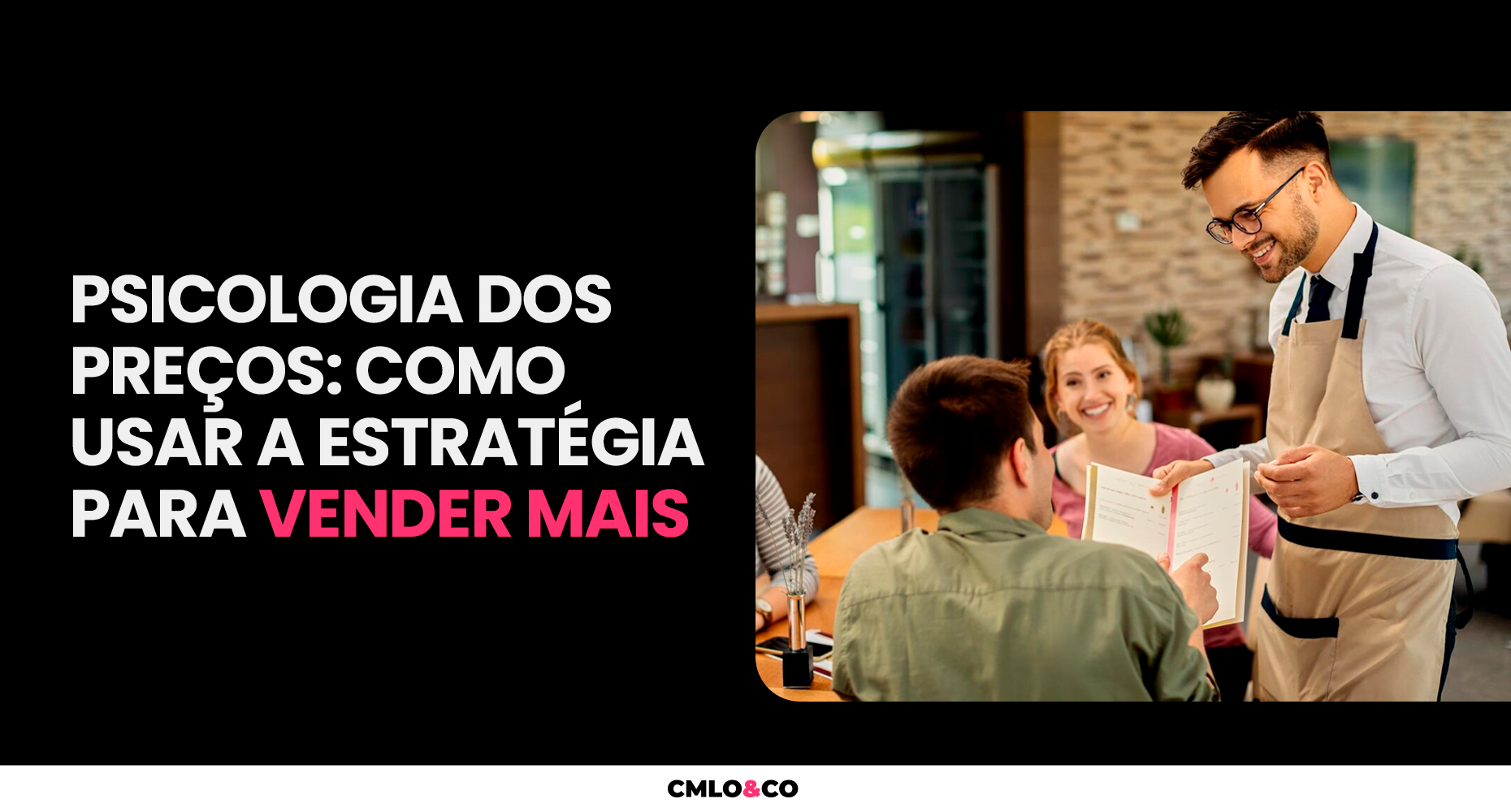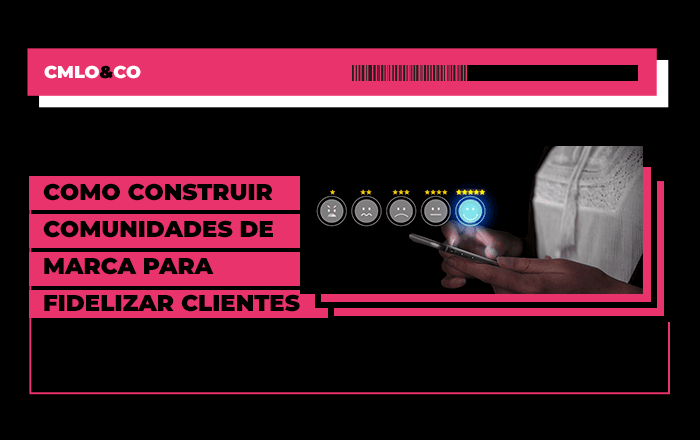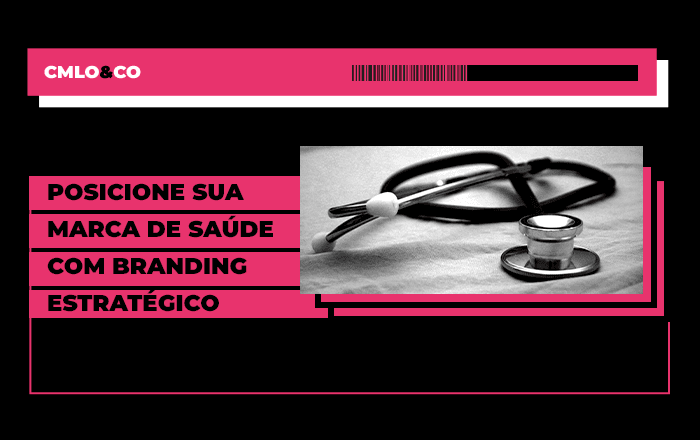In the world of commerce, the prices are more than just figures: they are powerful tools of persuasion that have a significant influence on consumers' purchasing decisions.
In this context, the price psychology has emerged as a fascinating technique that explores the intersection between the cognitive and emotional aspects of individuals and companies' pricing strategies. It's a way of recognizing that consumers don't evaluate prices objectively, but according to a series of subjective factors, including perceived value, price references and emotions.

By thoroughly understanding the factors behind price psychologyWith this technique, companies can create more effective pricing strategies that boost sales and build stronger relationships with consumers. In this article you'll learn more about this technique and how to use it to sell more. Follow along!
What is price psychology?
Price psychology is a field of study that analyzes how consumers perceive and respond to the prices of products and services.
It is based on the understanding that human beings do not take purchasing decisions purely rationally, but are influenced by a series of psychological, cognitive and emotional factors.
One of the key concepts in pricing psychology is "perceived value". This means that the value a consumer attributes to a product or service is not necessarily linked to its actual price, but rather to their perception of the value the item will provide in relation to the price paid.
For example, a consumer may be willing to pay more for a product if they perceive that they are receiving something of added value, such as superior quality or social status.
Based on these principles, marketers can use different price psychology techniques to attract consumers' attention, generate interest, create a sense of urgency, convey trust, increase the perception of value and stimulate a purchase.
Importance
Understanding the psychology of prices is fundamental to the success of any pricing strategy. After all, by understanding how consumers perceive prices, companies can adjust them to maximize sales and profits.
Here it's worth noting that effective pricing isn't just about setting the lowest possible price. Rather, it involves finding the right balance between maximizing revenue and attracting customers.
By using pricing psychology techniques, companies can create a perception of value around their products and services, which can lead consumers to be willing to pay more for them.
In this way, it helps to create a competitive advantage over competitors and contributes to customer loyalty, as it generates satisfaction, trust and loyalty. In addition, the strategy maximizes profit, revenue and market share.

Where can price psychology be applied?
In principle, the strategy can be applied in a variety of contexts, from physical establishments such as supermarkets and retail stores to online establishments such as e-shops, e-commerce and marketplaces.
The fact is that in any sales environment, understanding the principles of pricing psychology can help companies maximize their sales and profits.
For example, in a supermarket, prices ending in 99 are commonly used to create the illusion that products are cheaper than they really are.
Similarly, in an online store, displaying reference prices alongside actual prices can lead consumers to perceive that they are getting a good deal.
Also in virtual stores, e-commerces and marketplaces, techniques such as discount coupons and cashback are very useful for attracting consumers who are looking for diversity, competitiveness and advantages.
How to use price psychology to sell more?
Now that you know what price psychology is, how important it is and where it can be applied, let's see how to use it to sell more. Below, we present the main pricing psychology techniques and how to apply them in practice.
Reference prices
Reference prices are the prices that consumers use as a basis for comparing and evaluating other prices. These prices can be internal (based on the consumer's memory or experience) or external (based on information provided by the seller or the market).
One way of using reference prices is to show the original price and the discounted price of the product or service, highlighting the savings the consumer will make. This creates a contrast between the two prices and increases the perceived value of the product or service.
Another way of using reference prices is to show the average market price and the price of your product or service, highlighting the competitive advantage that the consumer will have. This creates a differential between the two prices and increases the perception of the quality of the product or service.
Price anchoring
In price psychology, anchoring is the phenomenon whereby consumers tend to base their opinion on the value of a product or service on the first price they see. This first price acts as an anchor that influences subsequent decisions.
One way of using price anchoring is to show a more expensive product or service before showing a cheaper product or service. This makes the consumer perceive the cheaper product or service as a bargain and be more inclined to buy it.
Another way of using price anchoring is to show a cheaper product or service before showing a more expensive one. This makes the consumer perceive the more expensive product or service as a premium option and be more inclined to buy it if they want to indulge themselves.
Prices ending in 7 and 9
Prices ending in 7 and 9 are those whose last digit is the number 7 or 9, such as R$ 19.99 or R$ 29.97. These prices are widely used because they convey the idea that the product or service is at the lowest possible price and that the consumer is getting a good deal.
One way of using prices ending in 7 and 9 is to round prices down, such as from R$ 20.00 to R$ 19.99 or from R$ 30.00 to R$ 29.97. This makes the consumer perceive a greater difference than there really is and is more likely to buy.
Take 3 for the price of 2 (more for less)
The more-for-less pricing strategy consists of offering a larger quantity of products for the same or slightly higher price. This technique stimulates impulse consumption and increases the average sales ticket.
One way of using the take 3 for the price of 2 technique is to offer three units of the same product for the price of two units. This makes the consumer realize that they are getting a free product and they are more likely to buy.
Another way of using the technique is to offer three different products for the price of two. This makes the consumer realize that they are getting a wider variety of products, which makes them more likely to buy.
Amount paid in installments
It's the technique of dividing the price into smaller installments to reduce the feeling of pain when paying.
For example, if you see a product for R$ 1,200.00 in cash or in 12 installments of R$ 100.00 without interest, you tend to prefer the second option, as it seems more affordable and less painful. This shows that consumers tend to underestimate the total value when it is divided into installments.
Limited offers
In the psychology of prices, limited offers are those that have a deadline or a restricted quantity to stimulate urgency and scarcity.
A good example is a product that is on offer until today or only for the first 10 customers. In this case, you tend to feel pressured to buy immediately, for fear of missing out.
On the other hand, when you see the same product without any time or stock restrictions, you may postpone or give up on the purchase. This only confirms the theory that consumers are influenced by the availability and exclusivity of products.
Discount percentage
The discount percentage consists of showing the consumer how much they are saving compared to the original price.
Imagine a product being sold for R$ 200.00. Which would you prefer: to buy it for 10% off with cash credit or with 12% off with cash or PIX?
Surely you'd appreciate the 12% cash discount, even though it represents an almost insignificant price reduction compared to the first discount, and an immediate reduction in your bank account balance, wouldn't you?
Lure effect
The lure effect is an interesting pricing psychology technique. It consists of introducing a third price option to make the consumer choose the more expensive or more profitable option for the seller.
Consider, for example, two magazine subscription options: a basic one for R$ 10.00 and a premium one for R$ 20.00. In this case, you'd probably be in doubt, but you'd end up opting for the cheaper one, right?
But what if you had a third option: a basic one for R$ 10.00, an intermediate one for R$ 18.00 and a premium one for R$ 20.00? Surely you would change your mind and opt for the most expensive one, because it seems more advantageous than the intermediate one. This shows that consumers tend to compare prices with each other and not in relation to the real value.
Conclusion
As we have seen, pricing psychology is a powerful tool for any company that wants to increase its sales and profits.
By understanding how consumers perceive prices and using the right techniques, companies can create a perception of value around their products and services, which can lead to consumers being willing to pay more for them.
Did you like this article? If so, how about subscribe to the CMLO&CO newsletter? By subscribing to our newsletter you will receive tips and content relevant to your business directly in your e-mail!







